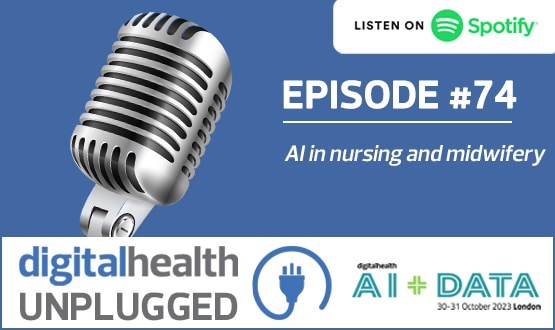Another view: just do IT

An ex-colleague told me that when he worked for Sky, the company gave all the dish installers smart phones.
It told them they had to press a button when they arrived on site, and press a button when they left, and take a picture of the installation – so they could prove they had done a neat job, in case there were any complaints.
Sky then linked this ‘time on site’ data to the address, type of house, flat and so forth where the dishes were fitted. It was soon able to build up a picture of how long the average installation would take.
Once you know that, and you know the journey time, you know how many can be done in a day. The number of installations fitters were tasked to do a day went, on average, from six to eight once Sky worked this out.
Sky does it, telecoms firms do it
A friend of a friend works in a large telecoms company, responsible for some of the roadside cabinets you see. This firm recently gave its field workers iPads – and recovered the investment in three months.
It now knows where its staff are at all times. Any lack of movement or deviation from a pre-planned route sounds alarms – important for lone workers with a van full of high tech equipment of the kind that has been robbed in the past.
Again, the staff log time on site, and the company uses this to push productivity. Again, the staff take pictures of the work done to prove it was done – in this case, in case it gets vandalised again the next day.
However, another big win is that staff now have instant, on-site access to all their manuals. And they can use the built-in communication tools to ask for help from the office, if they need it.
The iPad’s video capabilities allow the off-site person to see the problem and advise without having to make the journey himself or herself another day. The result – the number of site visits with a successful conclusion on first visit has gone up.
Also, all the paperwork is now done on the tablet from the van and sent in electronically. No more trips to base just for handing in paper forms. No more going back to the office to be given the next job.
It’s time for an educated NHS to do it
I keep seeing pots of money for tech funds. I keep hearing about big data. And I keep hearing complaints about how inefficient district nurses and, to some extent, health visitors are.
This isn’t a criticism of their skills, knowledge, training or attitude. It’s a criticism of their working practices. We often hear of hospitals being the poor relations in IT terms to primary care; but the community services are so far behind its crazy.
Almost all of the benefits listed above for Sky and the telecoms contractor could apply to district nurses.
How difficult is it to give each DN a tablet? This would immediately mean we could track them and give them lone worker protection; but it would also allow us to start collecting data on what they do.
Reducing trips back to base, allowing them to do paperwork in the field, and giving them instant access to support and advice – whether that was from a senior nurse, a tissue viability specialist, or even a doctor like me – should be easy.
The efficiency savings are not just for them. I get loads of visit requests to go see an ulcer a DN thinks might need antibiotics.
This often means making a 20 minute visit on a busy day; but it can easily mean a longer trip, depending on distance. If the whole thing could be done online in seconds it would be a huge saving.
Just hand out iPads and use the data
While the iPads, and the data they could collect and send back, could be used as a productivity tool to push the nurses to do more work, its more interesting role might be in resource allocation.
Ever since the Transforming Community Services agenda – as a result of which community staff were moved from primary care trust control to a host organisation, usually an acute trust – there has been a feeling of unease.
Locally, at least, they are no longer regarded as an integral part of the team with certain unique skills.
They have turned into an arms length referral service, which can sometimes seem more bothered about whether a referred patient meets the criteria to be seen than what it can bring to the care of that individual.
Worse, the DNs appear to have been largely removed from practices, living out of centralised centres that they have to visit them all the time to do paperwork, check the answer phone for messages, speak to their team leader and so on.
Most practices feel they aren’t getting their fair share of the resource that is available. However, that share is often based on a rough list size split, not on a need split.
This is where the big data should come in; to analyse need and match it to resource. Using the patients’ demographics, knowledge of their illnesses, perhaps some variables on their level of function, isolation and ability to cope, could help nationally set budgets more accurately, based on patients’ actual need.
Rather than arguing about nurses per 1,000 patients we could then have the staff to do the work.




